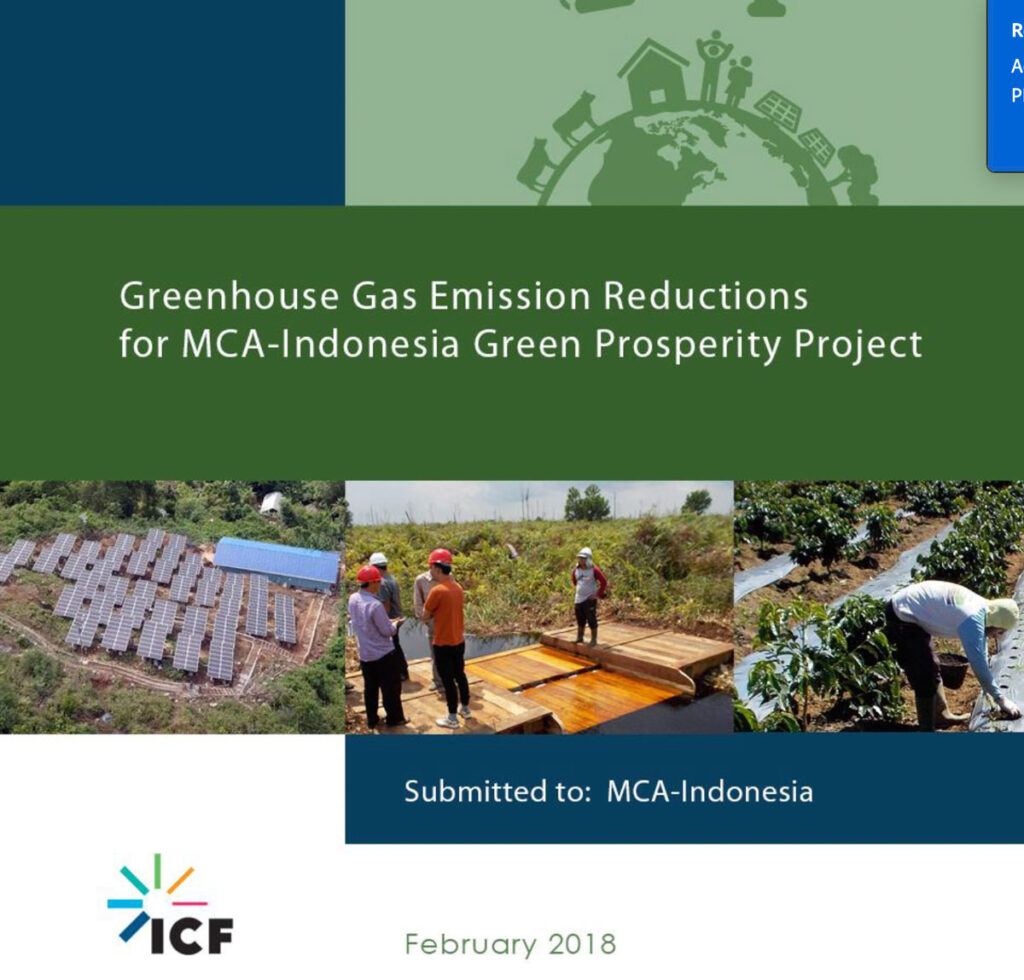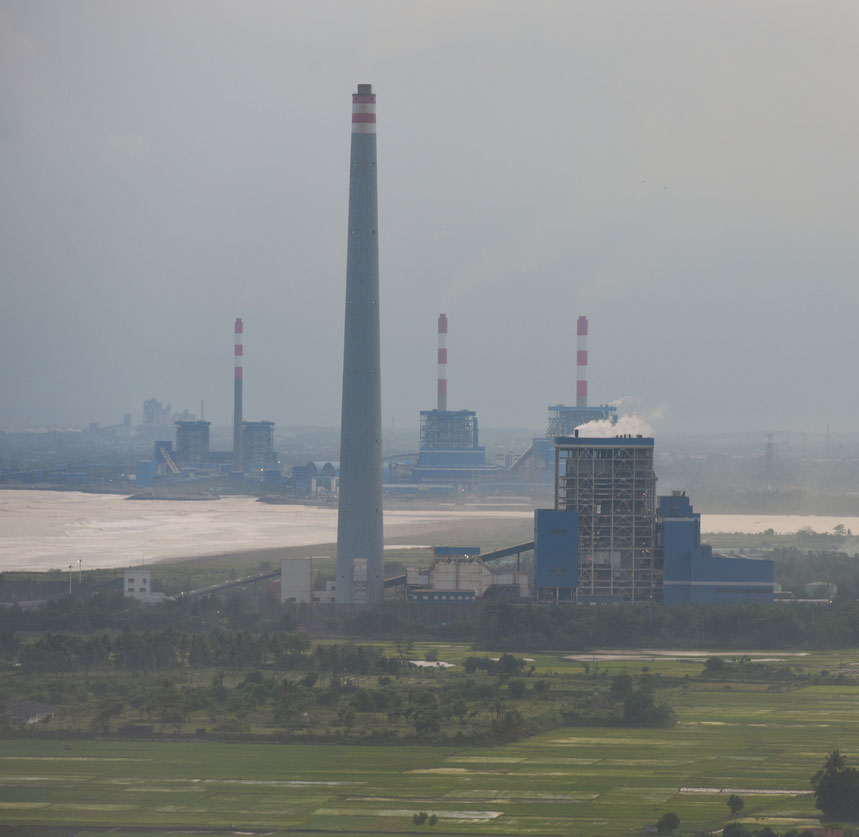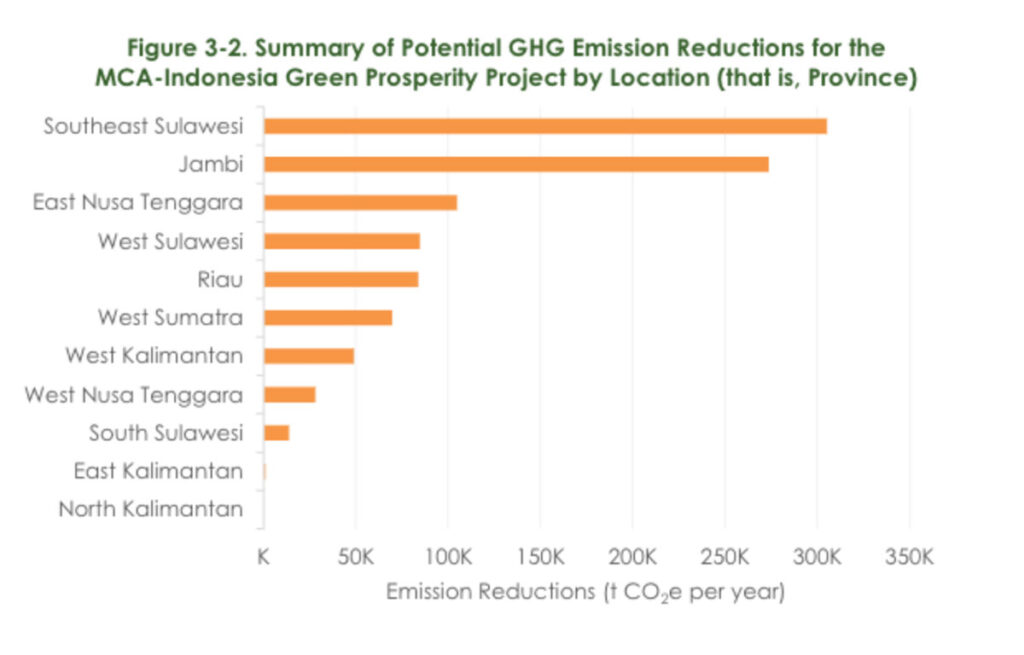Close
Close
Case Study


Accordingly, SIG’s expertise in GHG emissions modeling was a crucial part of the project. SIG’s experts first surveyed recent scientific literature on GHG accounting methodologies and proposed specific approaches for this project.
Then, we documented downstream and secondary GHG emissions issues not included in existing methodologies. These included emissions from fertilizer use and from soil loss. This holistic approach provided SIG with options for modeling emissions across sectors and project types. These included social forestry projects that reduce peatland degradation as well as improved biomass energy projects that also promote reforestation.
